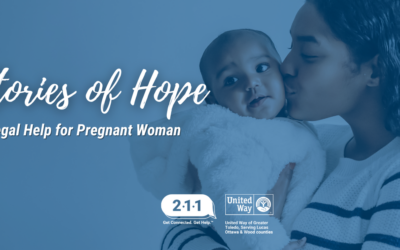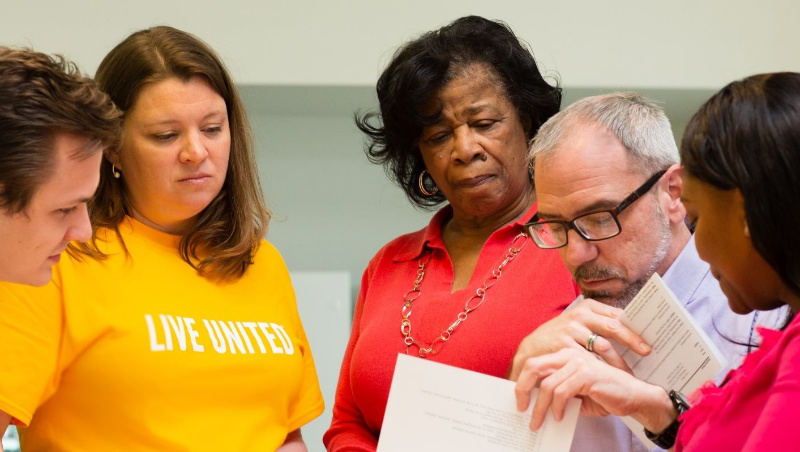Lately, buzzwords such as big data, data science, artificial intelligence, predictive modeling and analytics have been popping up everywhere. All of which are typically associated with producing insights, making data-driven decisions and even predicting trends.
Yet, what do all these complex phrases really mean?
And, maybe more importantly, how should they impact your giving decisions?
As a donor, you have philanthropic issues you are passionate about. Maybe you are committed to connecting children to powerful educational supports? Or, perhaps you care deeply about forging pathways towards financial independence for struggling community members? No matter how different the causes we believe in are, there is one thing we all likely have in common—we want to make sure our gifts have impact.
We give to causes we believe in, in order for our community to become better.
However, there is a difference between believing and knowing the impact of an organization’s work. The challenge for donors is to best understand which agencies are truly addressing underlying issues. It’s more than just serving meals or providing safe places to play. Creating true impact and long-term community change means ensuring every person has the opportunity to build a better life .
Understanding how one agency can impact a root-issue sometimes requires the need to understand other important factors and what other agencies in the community are doing to address root-cause-issues.
Take hunger as an example.
Let’s say you are passionate about a child having the proper nutrition to give them the energy they need to learn in school and stay out of the doctor’s office. You choose to make a donation to a local food bank and hope your contribution helps address the greater issues of hunger in our community.
Here comes the complex part about that donation you made…
Do you know if the food you helped pay for is going to the children who need it most? Do you know if there is enough money to cover the number of children you hoped would get food? Do you know how many people are actually hungry in your community and which neighborhoods have the most or least concentration of foodbanks in their areas?
United Way’s new Community Research & Analytics Department helps you address these questions by giving you resources to:
- Better understand the needs and solutions in our community
- Ensure your dollars are impacting the initiatives you care most about
- Target your investments toward specific outcomes and goals
With our new data initiative, we are collecting baseline data to help you set goals. We also equip you to better communicate results and trends of your causes outcomes and goals. Additionally, we support the continuous improvement of the causes you care most about while providing research which evolves with the community as its needs change.
Focusing on multiple levels of data and connecting the dots between individual, program, and community data is imperative to drive lasting community change. Through community data collection, research, and analysis we have the opportunity to find innovative solutions specific to our community, that have not yet been explored.
Social issues are complex. One size doesn’t unequivocally fit all. But, when we are able to utilize data, your gift has the power to turn complex issues into high impact and life-changing community solutions.






















